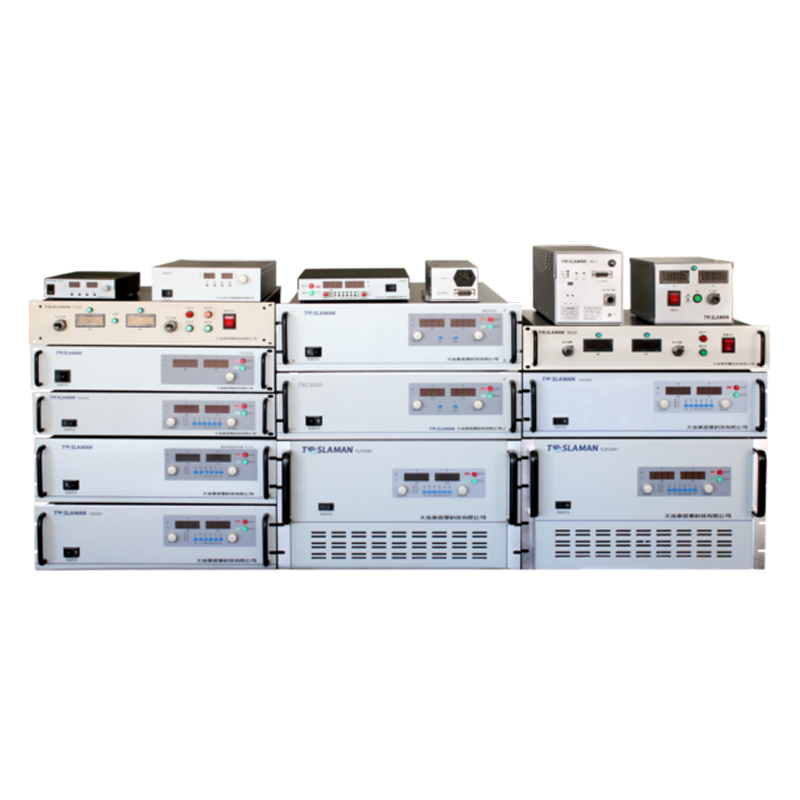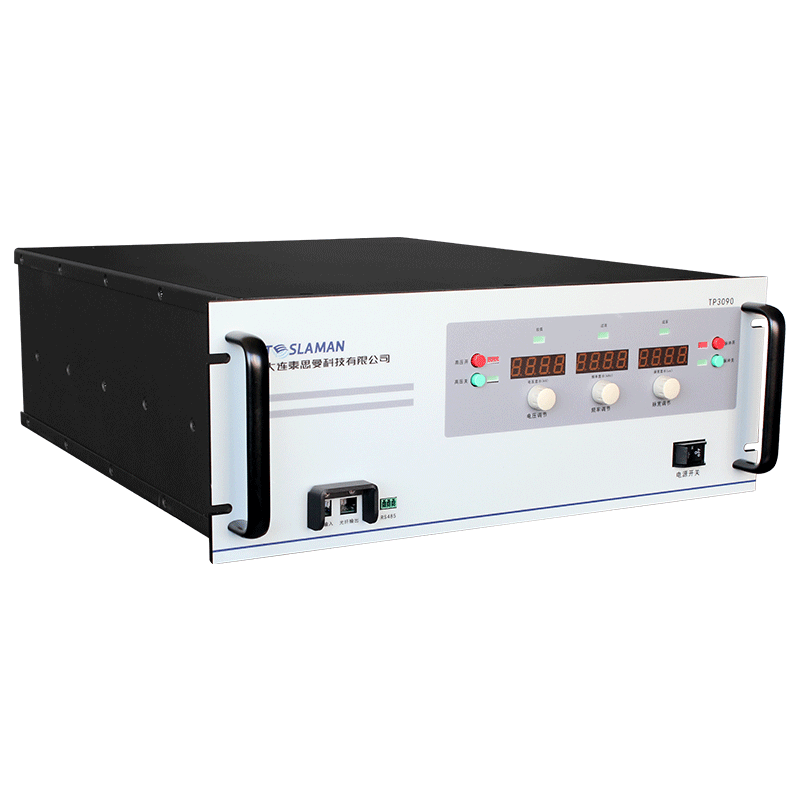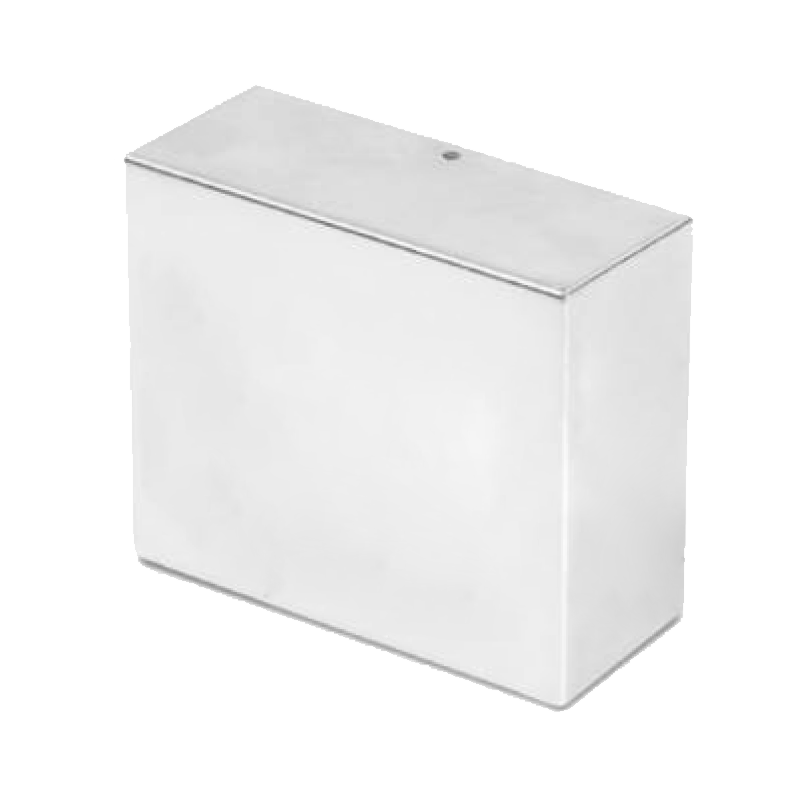Research on the Efficiency Improvement of High-Voltage Power Supplies in Electrostatic Precipitation Systems
I. Introduction
Electrostatic precipitation, as an efficient air purification and industrial dust treatment technology, is widely used in numerous fields. The high-voltage power supply, being the core component of the electrostatic precipitation system, directly affects the performance and operating cost of the entire dust removal system in terms of its efficiency. Improving the efficiency of the high-voltage power supply in the electrostatic precipitation system is of crucial significance for enhancing the dust removal effect, reducing energy consumption, and achieving sustainable development.
II. Working Principle of the High-Voltage Power Supply in the Electrostatic Precipitation System
Electrostatic precipitation utilizes a high-voltage electric field to ionize gases, generating corona discharge, which in turn causes dust particles to become charged and be adsorbed onto the collecting electrode under the action of the electric field force. The high-voltage power supply provides the required high voltage for the electric field in this process. Generally, the high-voltage power supply converts the input alternating current through a series of circuits such as rectification and inversion to output a stable direct current high voltage. This direct current high voltage needs to meet certain voltage amplitude and current requirements to ensure the stability and continuity of the corona discharge, thereby effectively charging the dust particles.
III. Factors Affecting the Efficiency of the High-Voltage Power Supply
(A) Circuit Topology Structure
Different circuit topology structures vary in energy conversion efficiency. Traditional high-voltage power supply circuits may have numerous energy loss links, such as iron losses and copper losses in transformers, and switching losses of switching devices. The application of new topology structures, such as soft-switching technology, can effectively reduce switching losses and improve the overall efficiency of the power supply. By optimizing the circuit topology and reducing unnecessary energy conversion links, electrical energy can be converted into high-voltage direct current output more efficiently.
(B) Control Strategy
An accurate control strategy is crucial for improving the efficiency of the high-voltage power supply. For example, during voltage regulation, if the control is not precise enough, it may lead to a voltage that is either too high or too low. An excessively high voltage will increase unnecessary power consumption and may even cause adverse phenomena such as spark discharge, reducing the dust removal efficiency; a voltage that is too low will fail to fully charge the dust. The adoption of advanced digital control technologies, such as intelligent control based on microprocessors, can achieve precise control of voltage and current, dynamically adjust the output according to the real-time operating conditions of the dust removal system, and improve the working efficiency of the power supply.
(C) Load Characteristic Matching
The load characteristics of the electrostatic precipitation system change with time and operating conditions. Factors such as dust concentration, particle size distribution, and air flow velocity will affect the equivalent resistance and capacitance of the load. If the high-voltage power supply cannot be well matched with the load characteristics, it will result in low energy transmission efficiency. Therefore, it is necessary to conduct in-depth research on the load characteristics of the electrostatic precipitation system and design a high-voltage power supply that can adapt to load changes to ensure efficient energy transmission under different operating conditions.
IV. Methods for Improving the Efficiency of the High-Voltage Power Supply
(A) Adoption of High-Efficiency Power Devices
Select power devices with low on-resistance and low switching losses, such as new insulated gate bipolar transistors (IGBTs). These high-performance power devices can reduce energy losses during the process of electrical energy conversion and improve the efficiency of the power supply. At the same time, reasonably design the heat dissipation system of the power devices to ensure that they operate within the normal working temperature range, further improving their performance and lifespan.
(B) Optimization of Transformer Design
Transformers play a crucial role in high-voltage power supplies. By selecting core materials with high magnetic permeability, optimizing winding design, and reducing losses in winding turns and wire diameters, the losses of the transformer can be reduced. In addition, the adoption of advanced transformer manufacturing processes, such as vacuum impregnation, can improve the insulation performance and stability of the transformer, reducing energy losses caused by problems such as partial discharge.
(C) Energy Recovery and Reuse
In the electrostatic precipitation system, after the dust particles discharge in the electric field, a portion of the energy can be recovered. Designing a reasonable energy recovery circuit to feed this portion of energy back to the power supply system or use it for other auxiliary functions can improve the energy utilization rate of the entire system. For example, the recovered energy can be used to power the control system, reducing the electricity obtained from external power sources.
V. Conclusion
In the electrostatic precipitation system, improving the efficiency of the high-voltage power supply is a comprehensive project. Through in-depth research and improvement in aspects such as circuit topology structure, control strategy, and load characteristic matching, combined with the adoption of high-efficiency power devices, optimization of transformer design, and realization of energy recovery and reuse, the efficiency of the high-voltage power supply can be significantly improved. This not only helps to reduce the operating energy consumption and cost of the electrostatic precipitation system but also enhances the dust removal effect, reduces dust emissions, and provides strong support for environmental protection and the sustainable development of industrial production. With the continuous development of power electronics and control technologies, there is still considerable room for development in improving the efficiency of high-voltage power supplies in the future, which is expected to further promote the perfection and wide application of electrostatic precipitation technology.




















